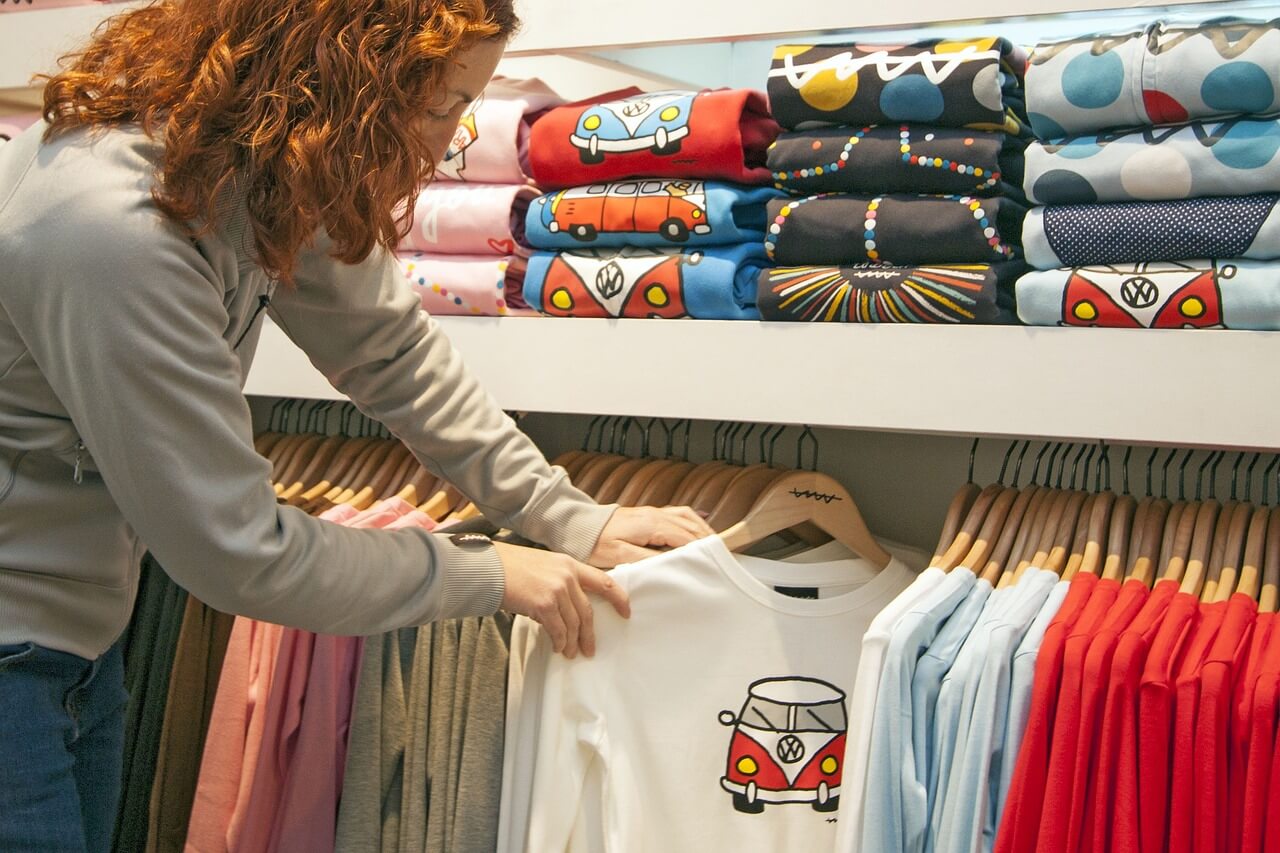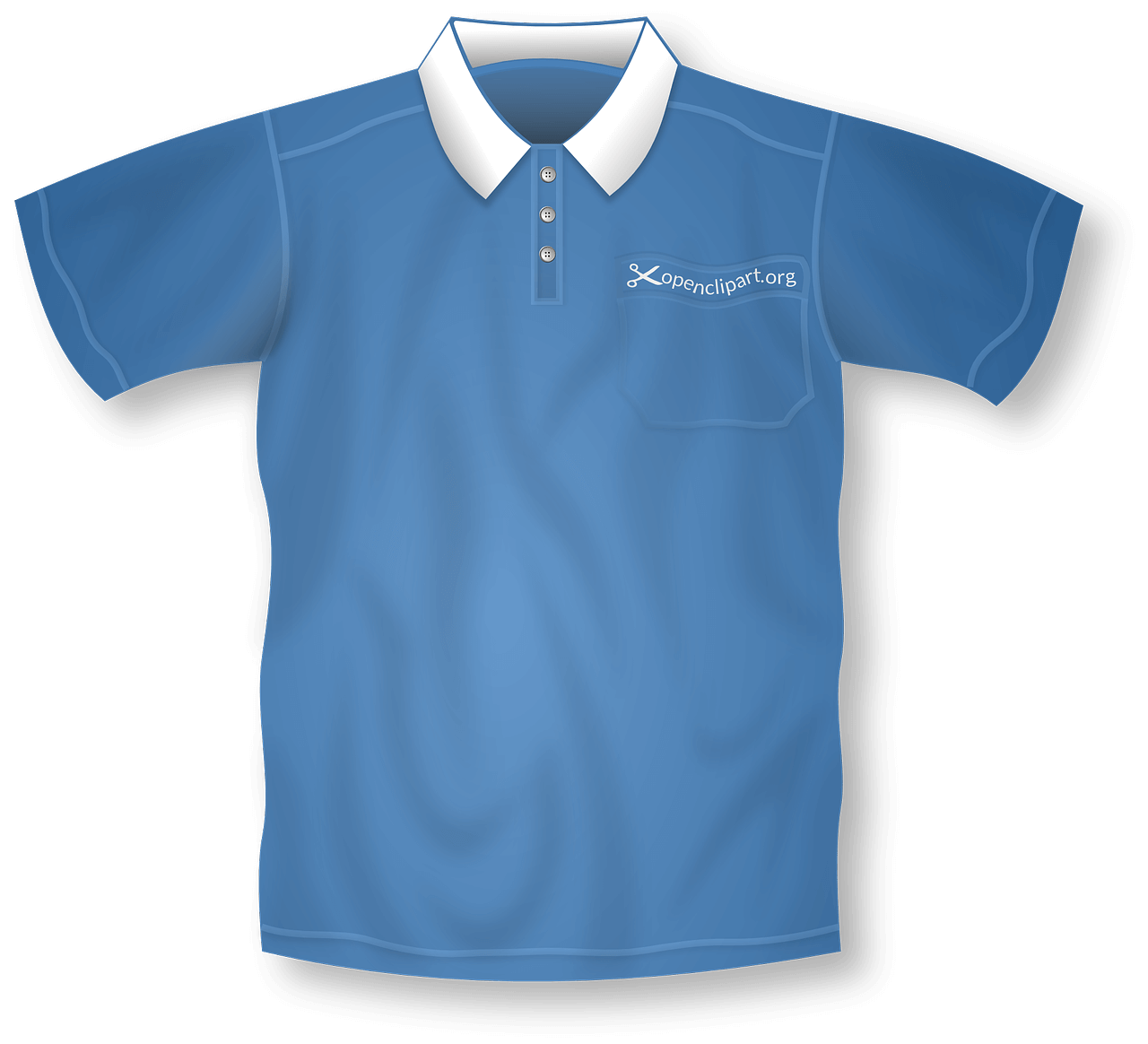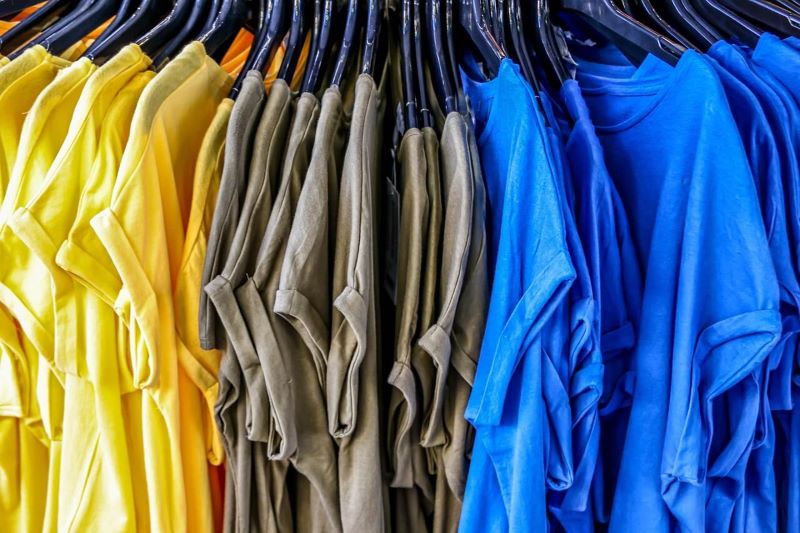Custom t-shirts can be a fun and rewarding way to express creativity or promote a business or event. You can design and produce high-quality custom t-shirts at home with suitable materials and techniques. This step-by-step guide will walk you through creating custom t-shirts, from choosing the suitable materials to applying your design.
Guide for Creating Custom T-Shirts

Step 1: Choose Your T-Shirt
The first step in creating a custom t-shirt is choosing a suitable base. You can purchase blank t-shirts from many clothing retailers in-store and online. Consider factors like fabric type, color, and size when selecting your base t-shirt. It’s also essential to choose a t-shirt appropriate for the intended use, whether a lightweight and breathable option for athletic wear or a thicker and more durable option for everyday use. Also, be sure to invest in quality heat transfer supplies. The higher-quality supplies you have, the longer they will last.
Step 2: Design Your Graphic
Once you’ve chosen your t-shirt, it’s time to design your graphic. You can use design software or even draw your design on paper, and many free online tools allow you to create designs or customize templates. Remember that your design should be the right size and resolution to ensure a high-quality print.
Step 3: Print Your Designx
With your graphic designed, it’s time to print it. You can either print it using an inkjet printer or take it to a professional printer. If you’re printing it yourself, ensure you have the correct type of transfer paper for your printer and fabric. It’s also essential to ensure that your printer settings are correct to avoid any issues with the transfer.
Step 4: Cut Out Your Design
Once you’ve printed your design onto transfer paper, cut it out carefully, leaving a small border around the design. This will make it easier to apply the transfer to the t-shirt without any stray marks or smudges.
Step 5: Preheat Your T-Shirt
Before applying for the transfer, preheat your t-shirt using a heat press or iron. This will help ensure that the transfer adheres appropriately and lasts longer. Place the t-shirt on the press or ironing board and apply heat for a few seconds until it’s warm to the touch.
Step 6: Apply for the Transfer
Place your transfer onto the preheated t-shirt, ensuring it’s centered and aligned. Use a heat press or iron to apply heat and pressure to the transfer, following the instructions on the transfer paper packaging. Be sure to apply even pressure and heat to ensure the transfer adheres appropriately and lasts longer.
Step 7: Peel off the Transfer Paper
Once you’ve applied heat and pressure to the transfer, it’s time to peel off the transfer paper carefully. Start at one corner and slowly peel away the paper, ensuring the design is fully transferred to the t-shirt.
Step 8: Let it Cool and Cure
After peeling off the transfer paper, let the t-shirt cool and cure for a few minutes. This will ensure the design fully sets onto the fabric and won’t peel or crack after washing. Follow the instructions on the transfer paper packaging for specific curing times.
Challenges You Might Face While Creating Custom T-Shirts

Design Limitations
Depending on the method you use to create your custom t-shirts, you may face limitations regarding the design. For example, if you’re using heat transfer vinyl, you may be unable to create designs with intricate details or fine lines.
Material Selection
Choosing the suitable material for your t-shirt is essential. While some materials may be easier to work with, they may not be as durable or comfortable as others. You will need to consider factors such as the type of fabric, weight, texture, and stretch when selecting the material for your t-shirt.
Color Limitations
The colors you choose for your design can impact how it appears on the t-shirt. For example, lighter colors may not appear well on darker fabrics, and Similarly, some printing methods may not allow for specific colors.
Cost
Custom t-shirts can be expensive, especially if you’re planning to make many of them. The cost of materials, equipment, and labor can add up quickly, so you’ll need to budget accordingly.
Time-Consuming
Depending on the complexity of your design and the method you choose, creating custom t-shirts can be a time-consuming process. If you’re planning on making many shirts, you’ll need to factor in the time it takes to create each one.
Equipment
Creating custom t-shirts requires specialized equipment, such as a heat press or screen printing machine. Investing in this equipment can be expensive, and it may take time to learn how to use it effectively.
Benefits of Creating Custom T-Shirt

Expression of Creativity
Creating custom t-shirts allows you to express your creativity and showcase your unique style. Whether designing t-shirts for personal use or a business, you can design something that truly represents your vision and ideas.
Marketing Tool
Custom t-shirts can be an effective marketing tool for businesses. Adding your company logo or other branding elements to a t-shirt can increase brand awareness and promote your products or services.
Conclusion
Custom t-shirts can be a fun and rewarding way to express creativity or promote a business or event. With these step-by-step instructions, you can create high-quality custom t-shirts at home. By choosing suitable materials, designing your graphic, printing the transfer, and applying it carefully, you can create custom t-shirts that will impress you.
